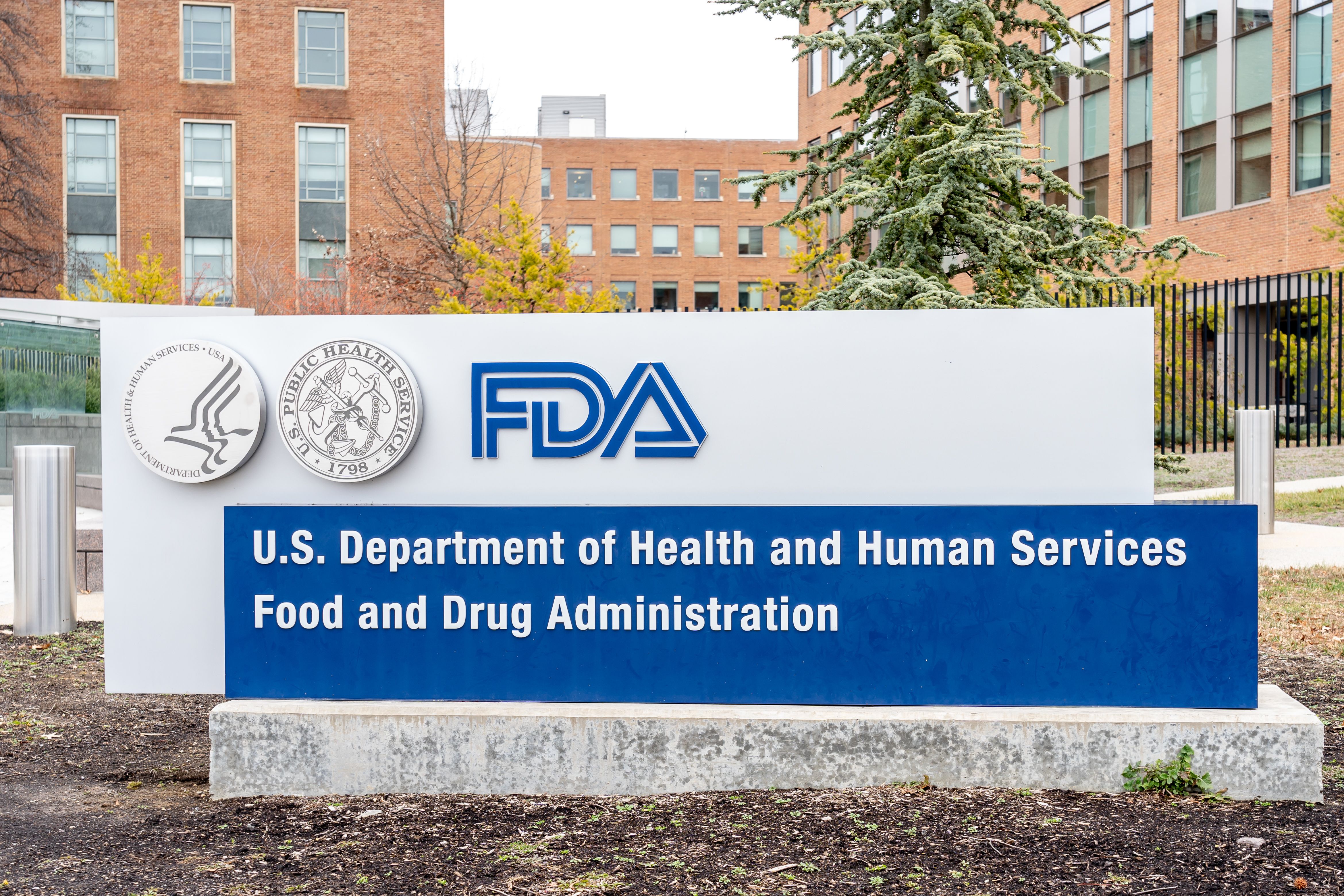News
Article
FDA Approves Ustekinumab-ttwe as Biosimilar to Stelara
Author(s):
Ustekinumab-ttwe (Pyzchiva; Sandoz) is approved for all of the same indications as Stelara.
Updated July 1 at 12:00 pm.
The FDA has approved ustekinumab-ttwe (Pyzchiva; Sandoz, Samsung Bioepis) for all indications of Stelara (Janssen Immunology), including severe psoriasis, psoriatic arthritis, Crohn disease, and ulcerative colitis. The agency also assigned the biosimilar interchangeability status, according to a news release.1
Image Credit: JHVEPhoto - stock.adobe.com

"This approval reflects our dedication to ensuring high-quality treatments are universally accessible. By further expanding our immunology portfolio with affordable biosimilar alternatives, we continue to make significant strides towards achieving our goal of delivering life-changing medicines to the patients who need them," Claire D'Abreu-Hayling, chief scientific officer at Sandoz, said in the news release.1
The drug was approved as 45 mg/0.5 mL and 90 mg/mL prefilled syringes for subcutaneous injection and a 130 mg/26 mL single dose vial for intravenous use. The product is expected to launch in February 2025, as per a settlement and license agreement with Janssen Biotech Inc. and Samsung Bioepis Co Ltd, making the biosimilar among the first wave of Stelara biosimilars to launch in the United States.1 The company is able to launch the drug no earlier than February 22, 2025, which is similar to other ustekinumab biosimilar manufacturers, such as Amgen’s Wezlana and Teva/Alvotech’s Selarsdi, according to the Center for Biosimilars.2
The approval was based on previous data, presented at the American Academy of Dermatology 2024 Annual Meeting, demonstrating biosimiliarity to Stelara for plaque psoriasis.3
The biosimilar, previously known as SB17, demonstrated efficacy, safety, and immunogenicity for up to 52 weeks for those continuing with the biosimilar and those who switched from Stelara to ustekinumab-ttwe. Treatment was randomized to either 45 mg of ustekinumab-ttwe or Stelara subcutaneously at weeks 0, 4, then every 12 weeks up to 40 weeks. At 28 weeks, individuals either continued the study drug or switched to Stelara, with 237 continuing ustekinumab-ttwe and 122 continuing Stelera, and 122 switching from Stelara to ustekinumab-ttwe.3
The percentage change from baseline was comparable at 95.8% for those continuing the biosimilar, 94.5% for those continuing Stelara, and 95.6% who switched to the biosimilar at week 52, according to the Psoriasis Area and Severity Index. Other efficacy endpoints were comparable, according to an article published by Pharmacy Times.3
Furthermore, the treatment-emergent adverse events (AEs) were comparable at 16.5% in the ustekinumab-ttwe group, 23.8% in the Stelara group, and 13.9% for those who switched.The most common AEs included nasopharyngitis, upper respiratory tract infection, headache fatigue, vomiting, injection site erythema, and nausea.1,3
"Systemic medications like biologics are a key treatment option for many people to manage symptoms of psoriasis and psoriatic arthritis. Unfortunately, barriers to care, including costs, often prevent patients from getting the drug they are prescribed. Psoriatic disease is lifelong and chronic, leading to long-term treatment costs. Having more FDA-approved options can help make appropriate healthcare more affordable,” Leah M Howard JD, president and CEO of the National Psoriasis Foundation, said in the news release.1





